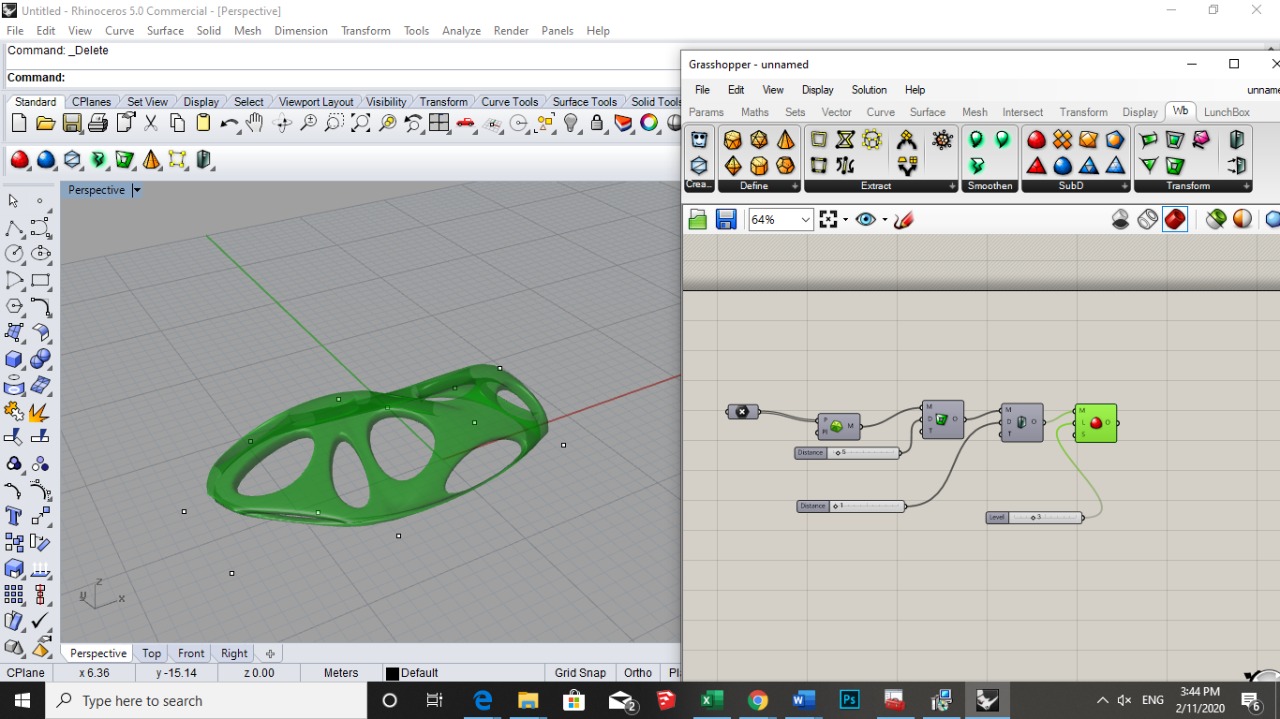3. Computer Aided design¶
This week regarding Computer Aided Design & Parametric Design.
Files to download¶
Research¶
“Algorithmic design is not simply the use of computer to design architecture and objects. Algorithms allow designers to overcome the limitations of traditional CAD software and 3D modelers, reaching a level of complexity and control which is beyond the human manual ability”.
AAD_Algorithms-Aided Design
* Parametric Strategies Using Grasshopper®
* Grasshopper environment and plug-in software
* Parametric modeling and advanced data management
* NURBS curves and surfaces
* Meshes and Subdivision Surfaces
* Digital fabrication techniques
Recursions
* Form-finding strategies
* Particle-spring systems
* Topology Optimization
* Evolutionary solvers
* Environment-informed design
Useful links and files to download¶
The key is exposure through out 2D drawing, 3d modeling, generative design & coding
Vector VS. raster graphics
Rhino + Grasshopper¶
Playing with rhino and grasshopper possibilities





Weaverbird Effect plugin
just a trial

Experimenting with pattern i would use on fabric for final project¶

srep2: define a size using a number slider and connecting it to the size
step3: add another 2 number sliders and connect them to “extent Y” and “extent X”
step4: flatten cells (with right click on cells)

step6: surface - free from - extrude point
step7: connect cells to base (in extrude point)
step8: surface - area tool (to extract the centroid) then write “move” (to move points up) and write “unit Z” and give it a number slider”
step9: vector- vector 2pt (take geometry from “move” and plug it in “vector 2pt” as point A ) not write/connect point on grasshopper and connect it in “vector 2pt” as point B
step10 : right click on unitize on “vector 2pt” - right click set Boolen - True (it means that the vector is one length- so just giving me a direction to the point attractor )
Autodesk Fusion 360¶
just truials tryina get familair with the Autodesk Fusion 360
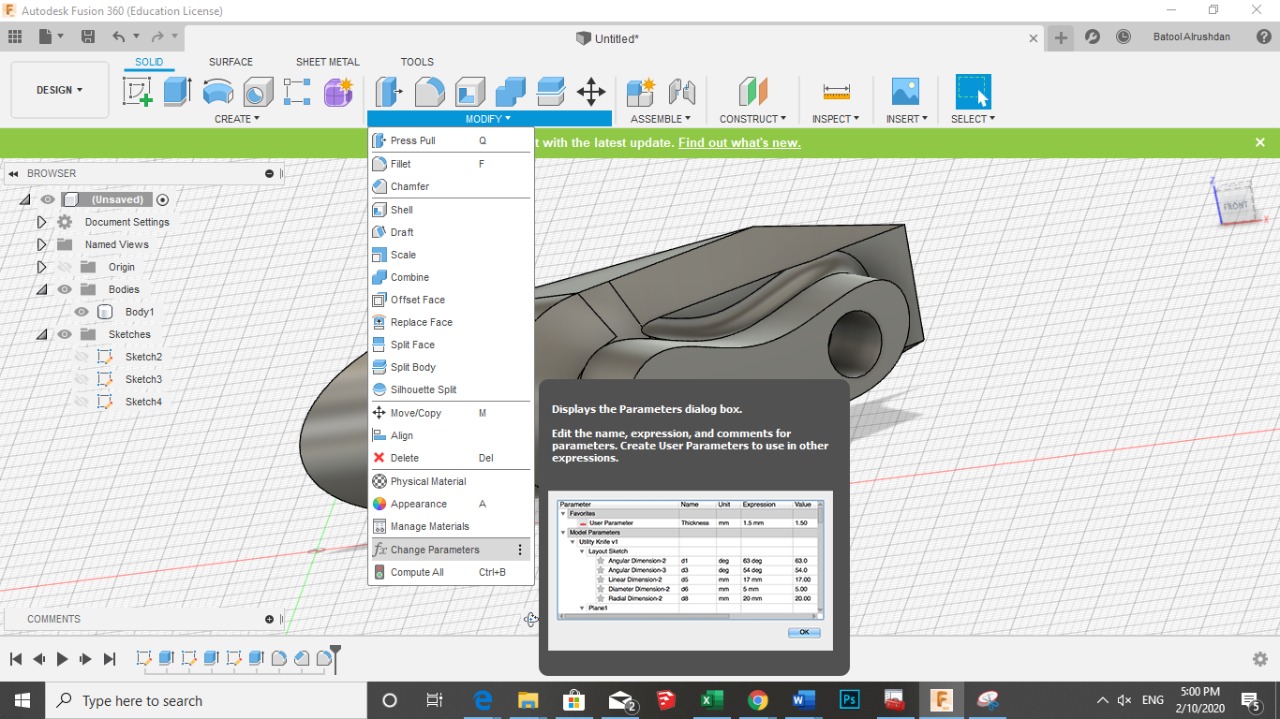
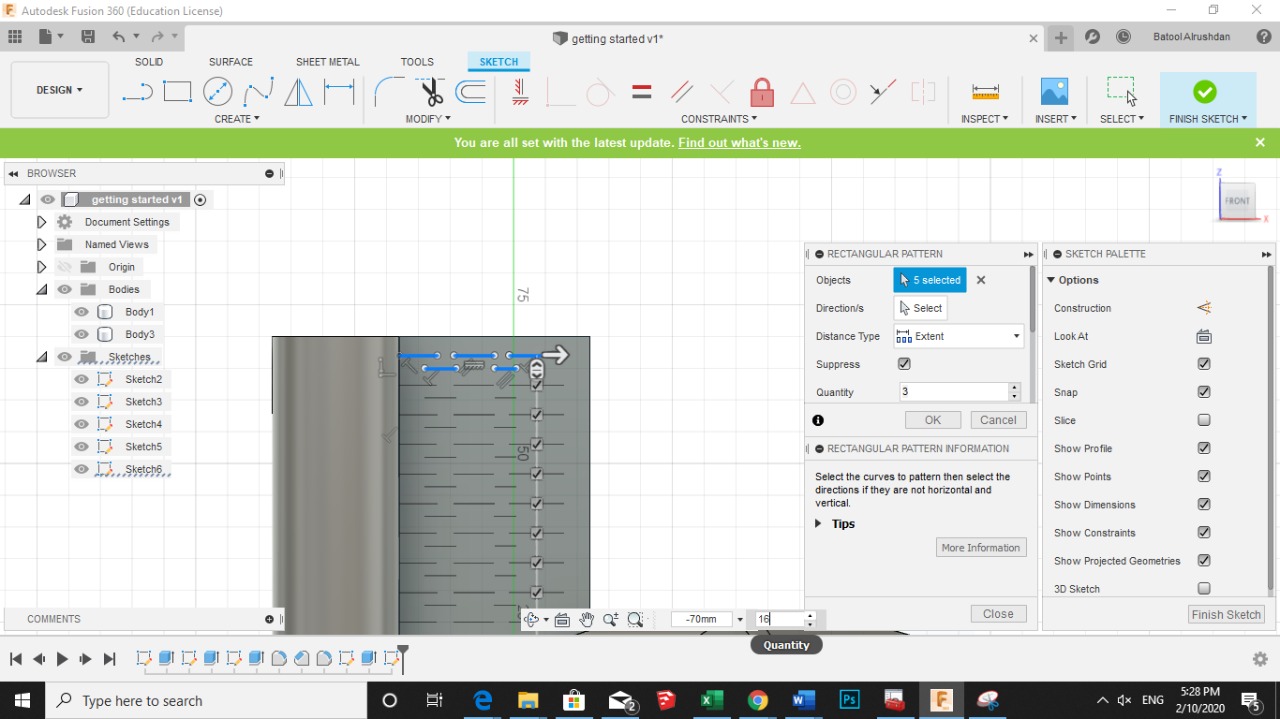
AutoCAD¶
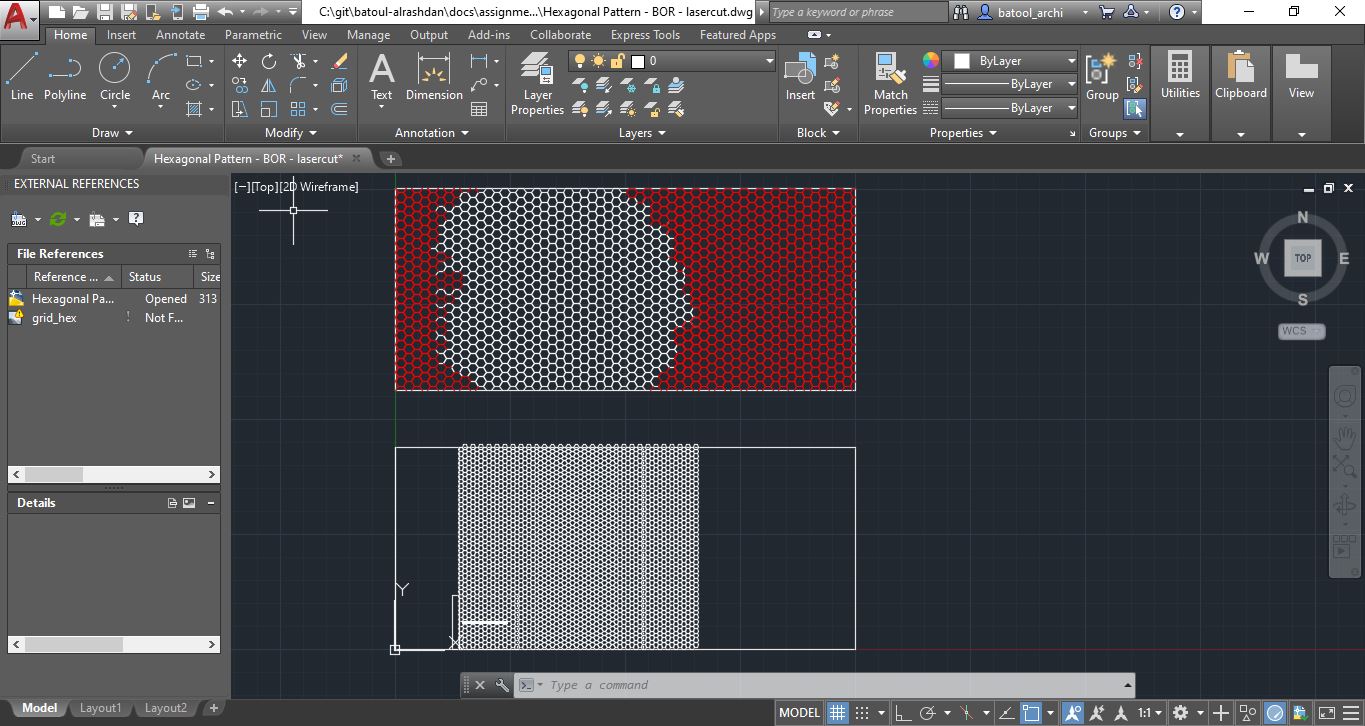
Inkscape¶
Here i wanted to test and compare the tracing of both Inkscape VS. Adobe Illustrator to transform from pixels to vectors (where makes you able to cut through CNC machines)
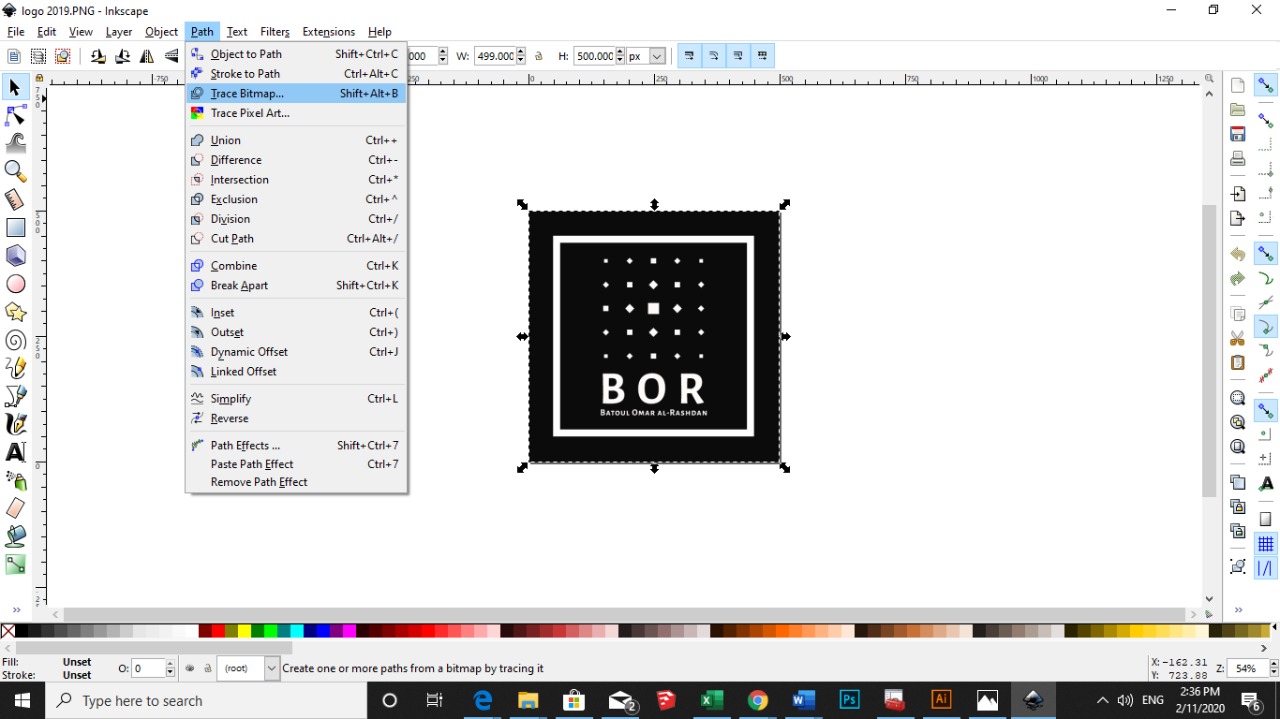
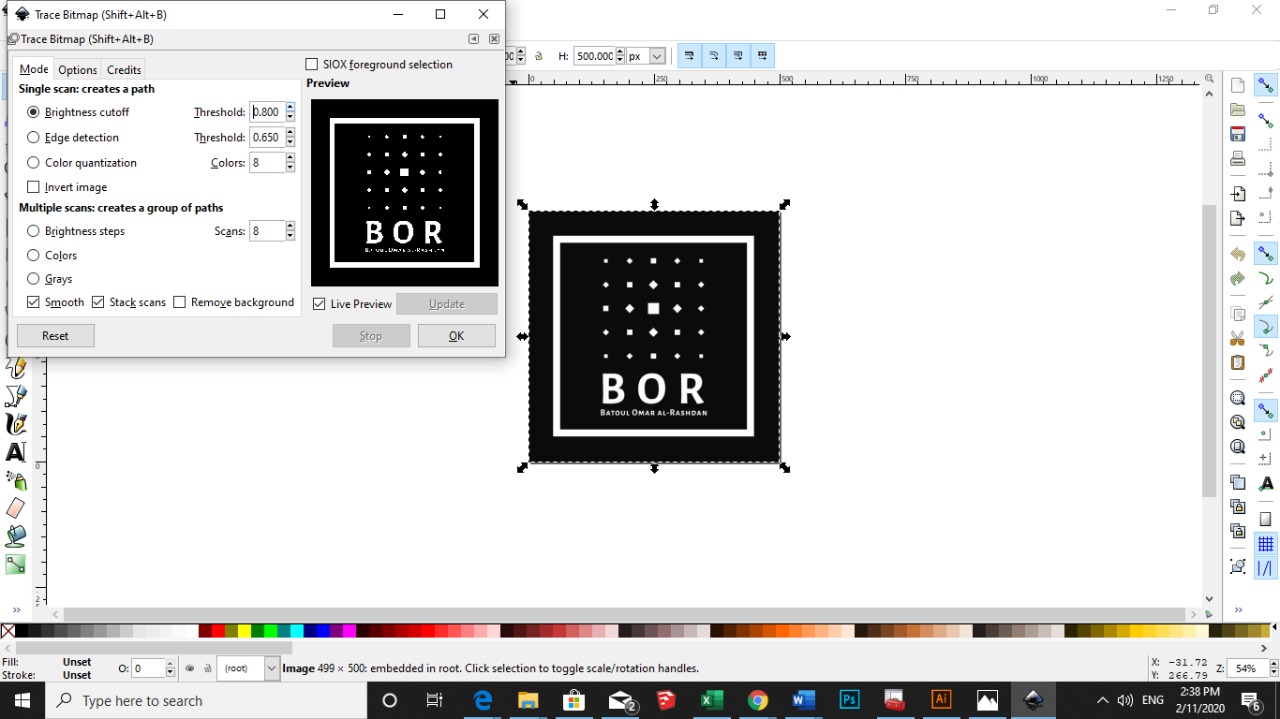
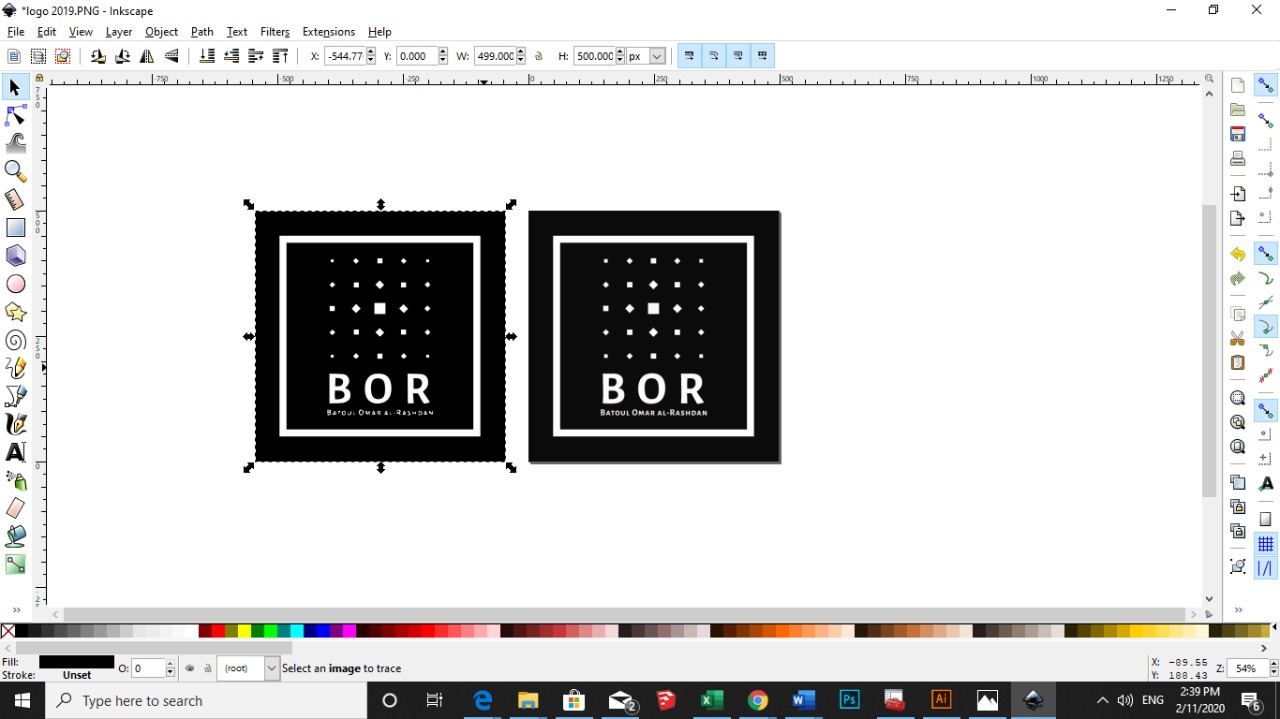
Adobe Illustrator¶


Choose Window > Image Trace or switch to the Tracing workspace to open the Image Trace panel, and do one of the following:
Choose one of the default presets by clicking the icons on top of the panel. For details, see Specify tracing options | Preset.
Choose a preset from the Preset drop-down menu.
Specify the tracing options. For details, see Specify tracing options.


